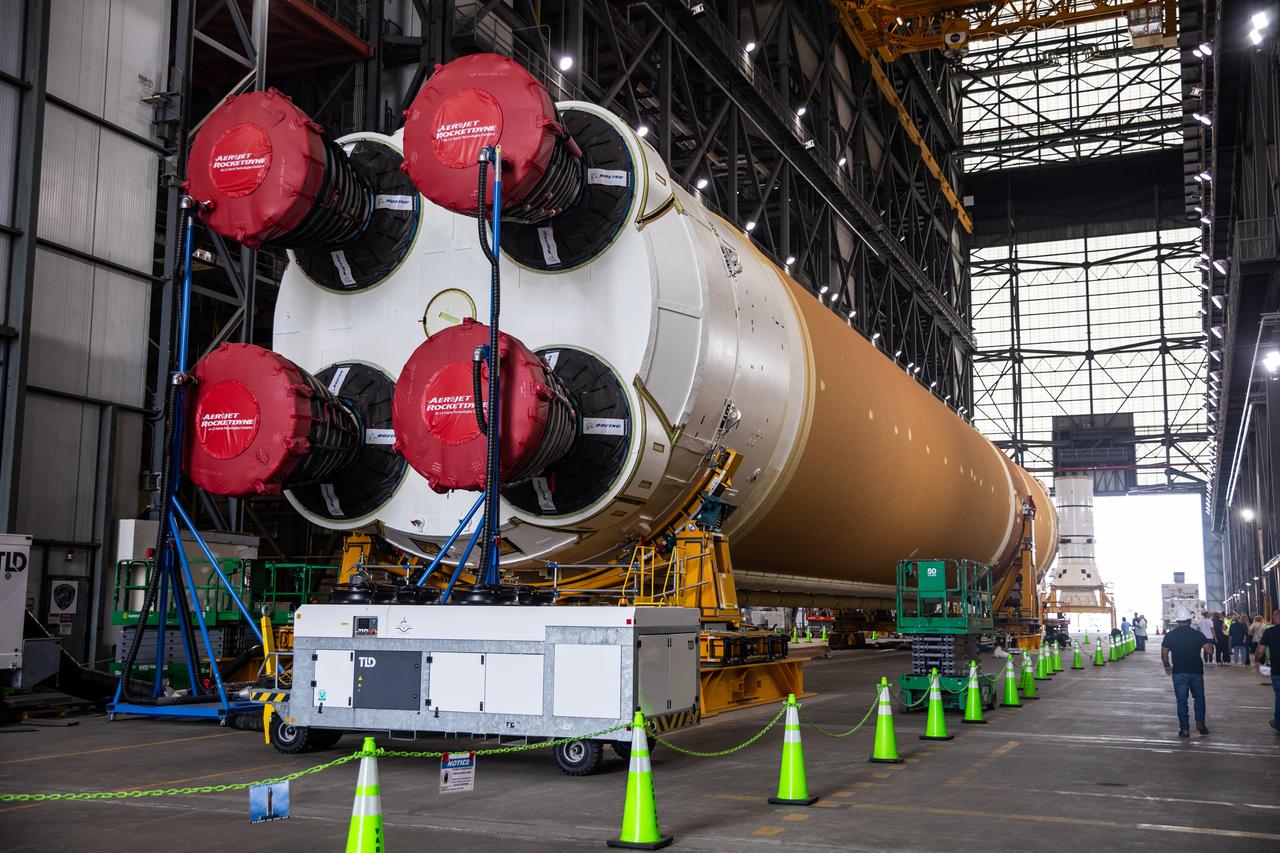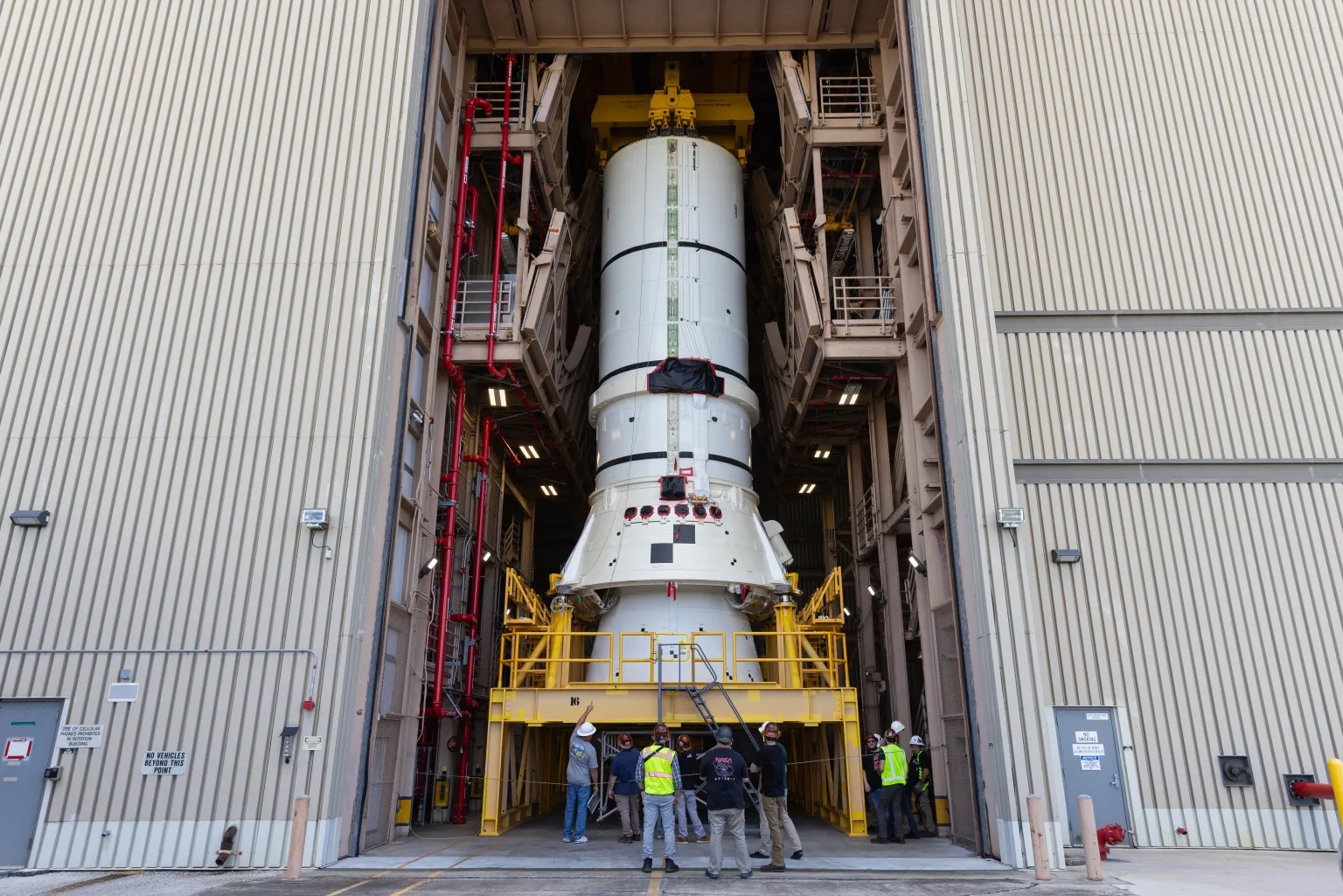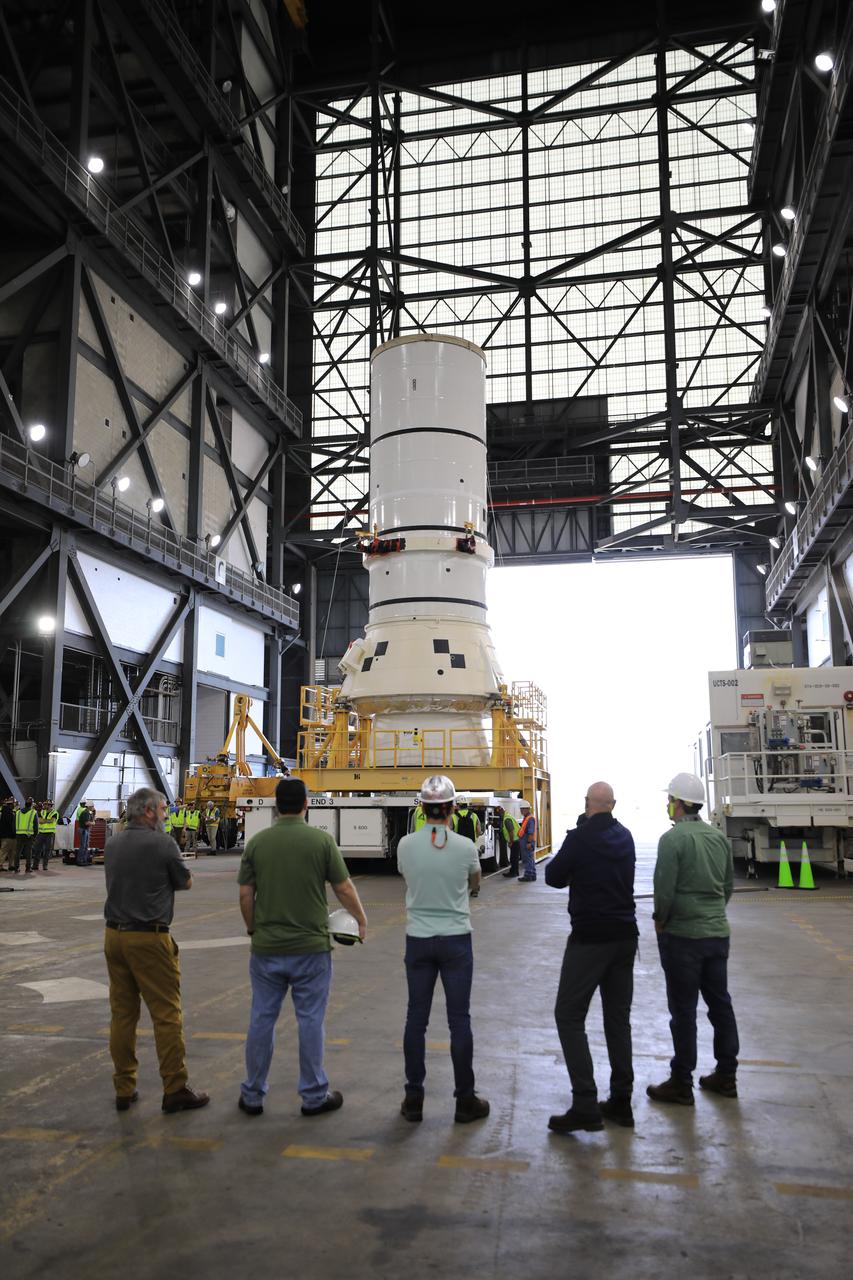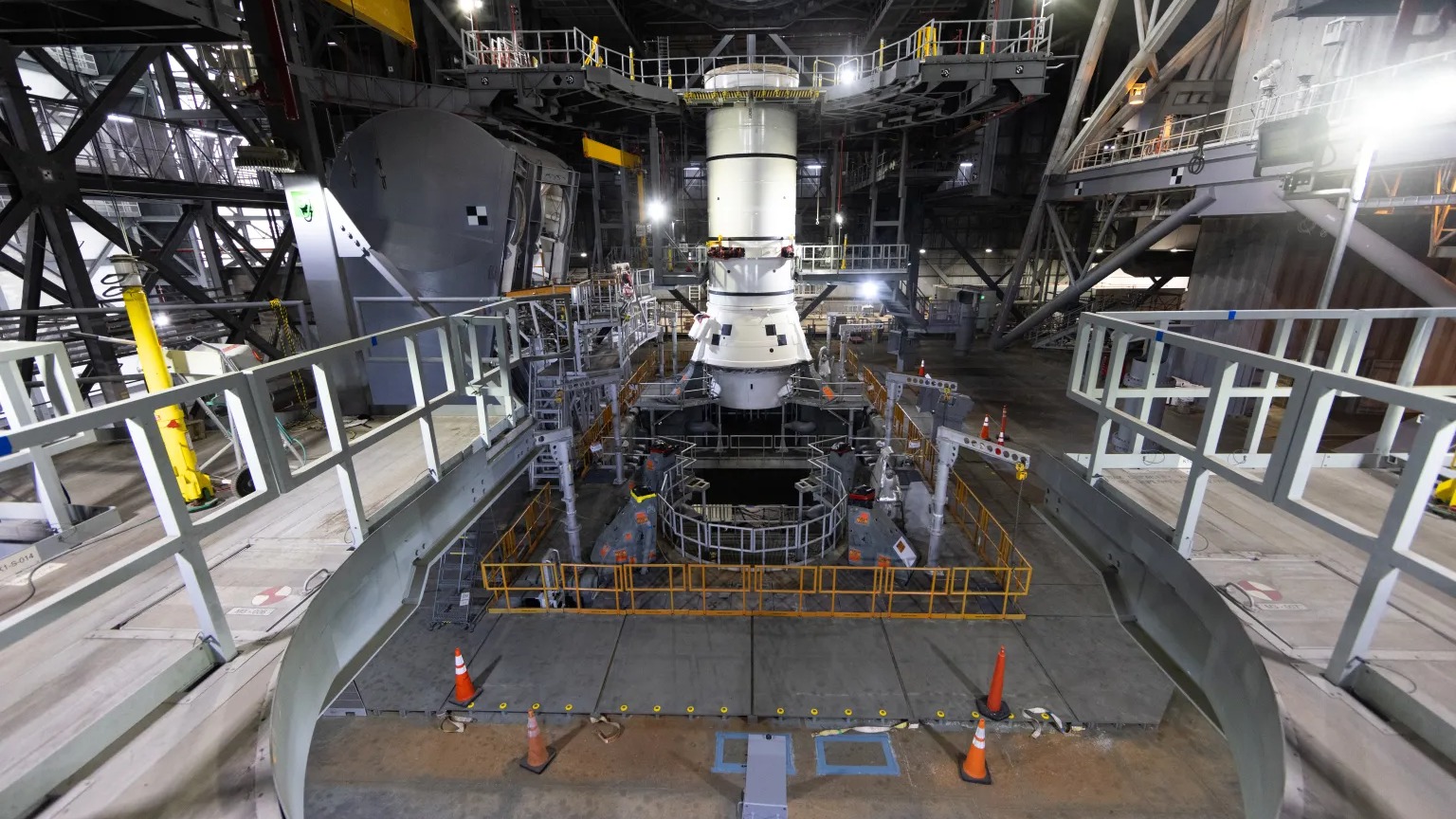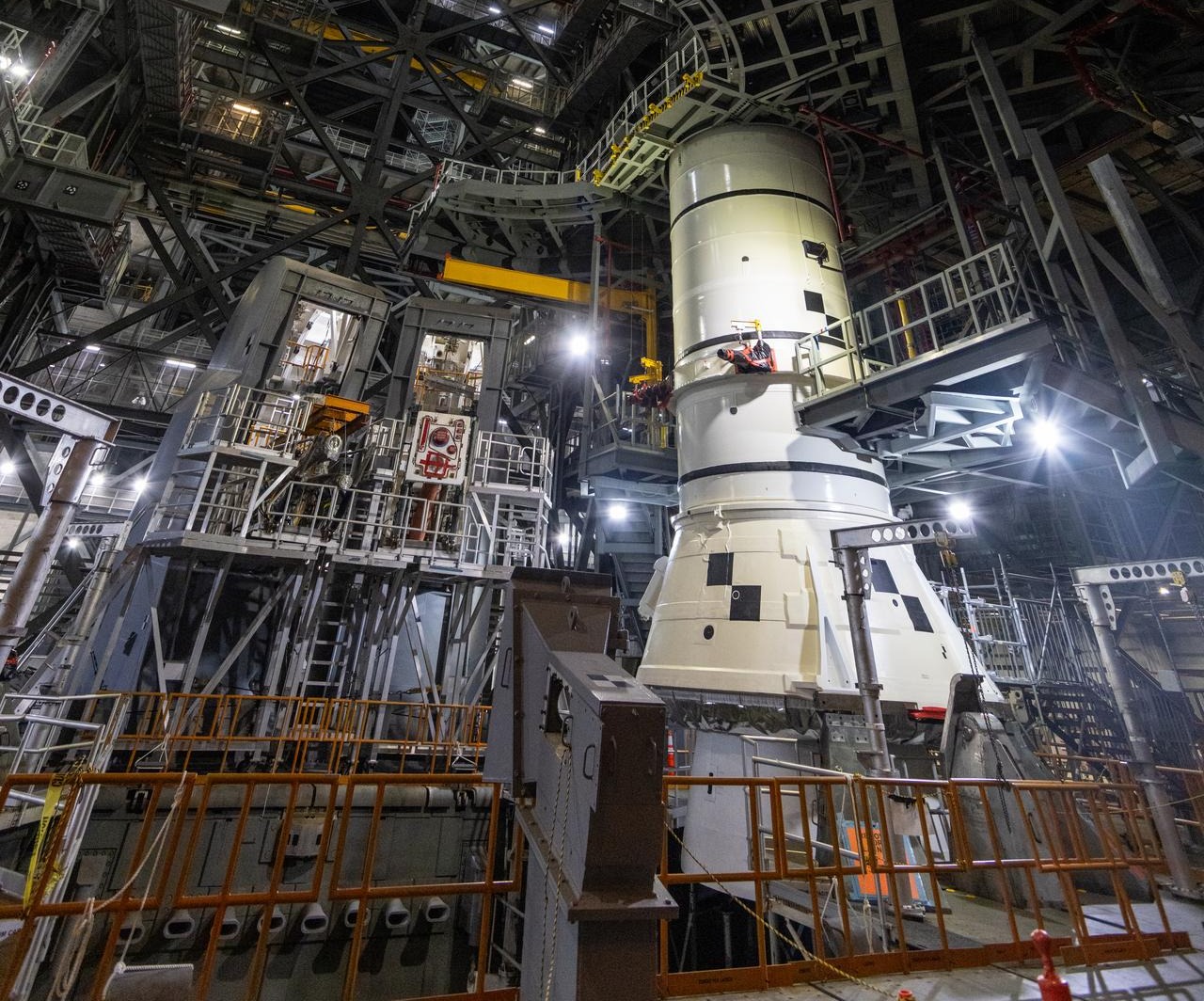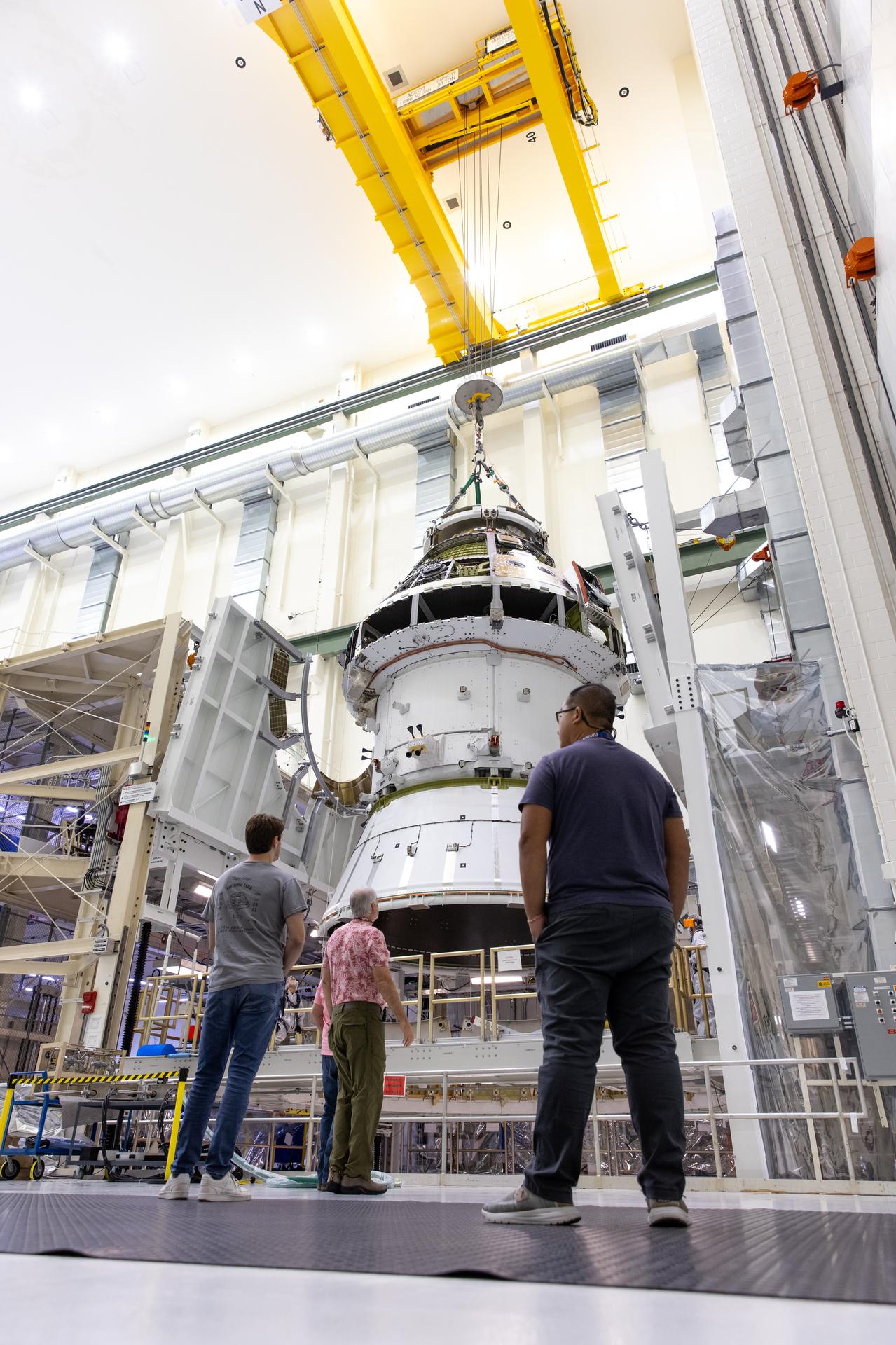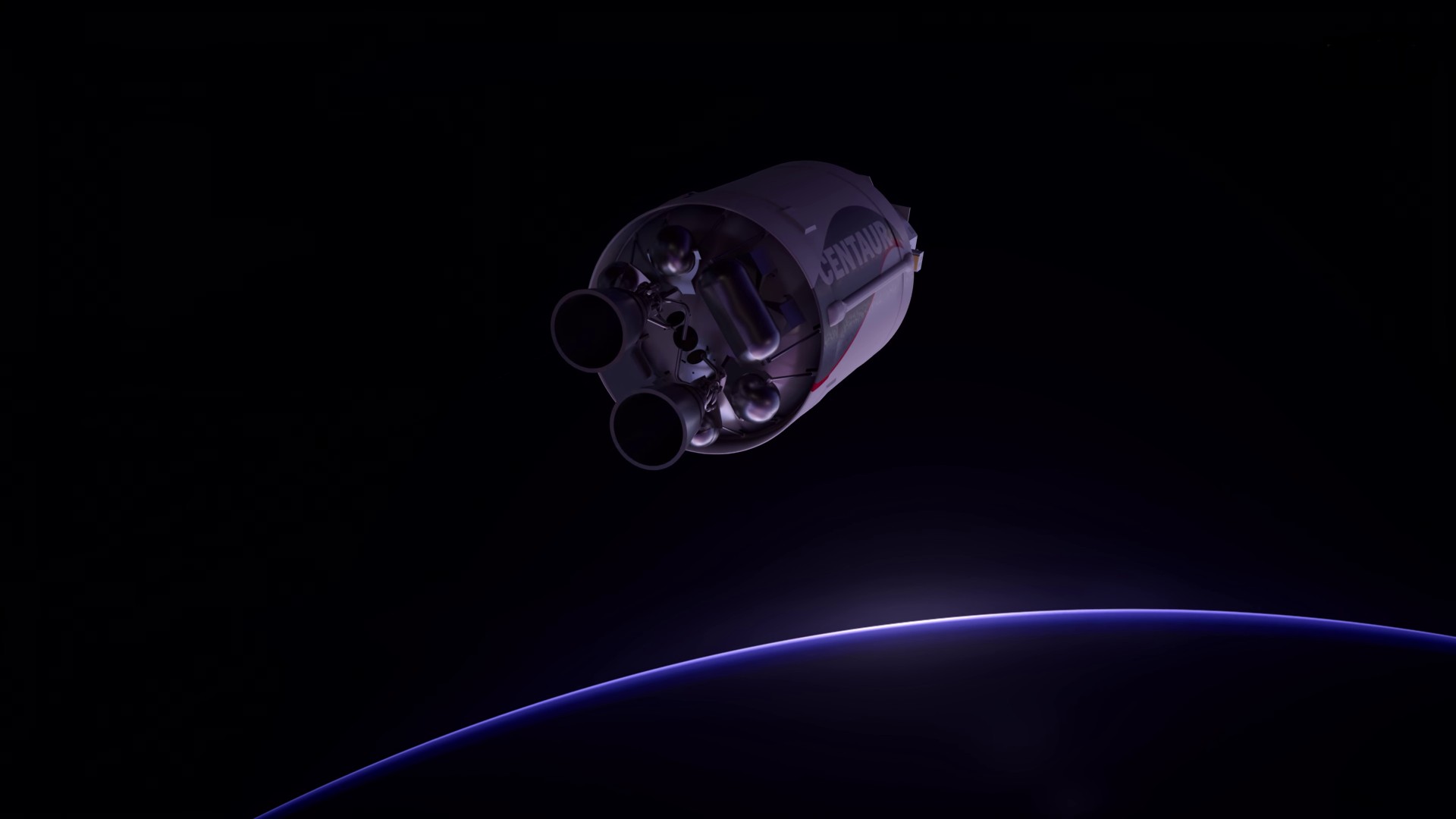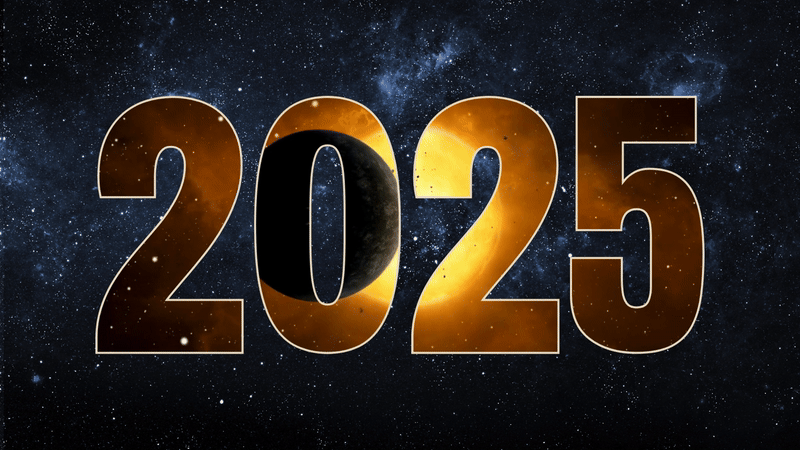The first human mission to the moon in half a century is starting to get stacked up.
The NASA-funded Space Launch System (SLS), the massive rocket slated to send the Artemis 2 crew around the moon in 2025, is now seeing its supplementary solid rocket boosters stacked at the agency’s Kennedy Space Center in Florida. (The prime contractor of SLS is Boeing.)
“The first components of the Artemis 2 moon rocket to be stacked, the solid rocket boosters, will help support the remaining rocket segments [for SLS] and the Orion spacecraft during final assembly,” NASA officials wrote in a statement Wednesday (Nov. 20).
Related: Artemis 2 astronauts train for emergencies with Orion spacecraft ahead of 2025 moon launch (photos)
These two solid rocket boosters will help heft the 322-foot (98-meter) SLS to space, along with the four astronauts of the Artemis 2 crew.
“At launch, the 177-foot-tall [54-meter] twin solid rocket boosters provide more than 75 percent of the total SLS thrust during liftoff from NASA Kennedy’s Launch Pad 39B,” NASA officials wrote.
Each booster has five segments; the ones for Artemis 2 arrived by train in September 2023 after being manufactured in Utah at Northrop Grumman.
The boosters first underwent months of processing at the Rotation, Processing and Surge Facility at Kennedy before moving to the nearby Vehicle Assembly Building (VAB) for assembly.
An overhead crane in the VAB moved the first piece, known as the left aft assembly, onto a mobile launcher that will eventually roll the SLS and boosters out to the pad for launch. The right aft assembly will be mounted next.
Other parts of the Artemis 2 mission continue assembly and testing as well. For example, the Orion spacecraft was lifted inside an altitude chamber earlier in November to evaluate its performance in space-like conditions, according to NASA materials.
Artemis 2 is the first crewed mission of the greater Artemis program that aims to put humans on the moon later in the decade. An uncrewed mission, Artemis 1, flew around the moon in 2022. The first landing mission is slated to be in 2026 with Artemis 3; it will be the first time astronauts have been on the moon since Apollo 17 in 1972.
The Artemis 2 astronauts are NASA commander Reid Wiseman, NASA pilot Victor Glover (who will become the first Black person to leave low Earth orbit, or LEO), NASA mission specialist Christina Koch (the first woman to do so) and Canadian Space Agency (CSA) mission specialist Jeremy Hansen (the first non-American).
NASA and the CSA announced the four astronauts in April 2023; at the time, liftoff was expected in December 2024. Both Artemis 2 and Artemis 2 were delayed by approximately a year in January 2024 after several critical engineering issues, particularly ongoing issues with the heat shield, were uncovered.
Both missions are developmental, the Artemis 2 crew has emphasized, which means that safety and the pace of learning hardware are the priorities and any schedules are approximations. The astronauts for Artemis 3 have not been assigned yet.

